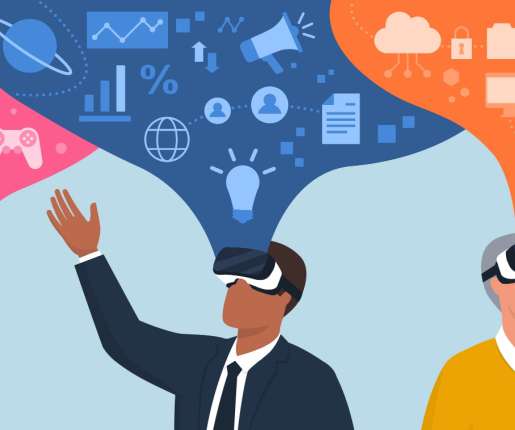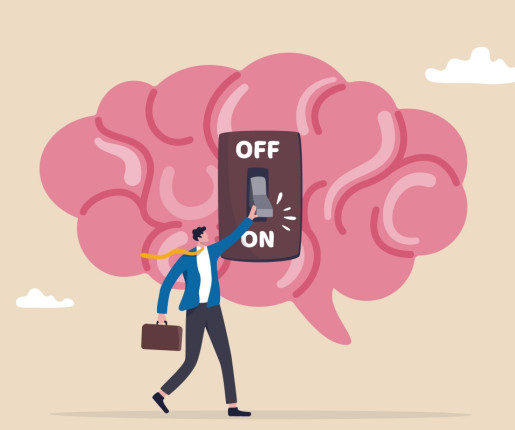Are You Ready for These 5 Trends in 2018?
Avilar
JANUARY 11, 2018
As we enter 2018, we find ourselves reflecting on the past year and anticipating what’s next. Here are five trends shaping learning and development for 2018 – and what you can do to prepare your organization for the changes to come. 1) Augmented Reality. 1) Augmented Reality. 2) Artificial Intelligence.






























Let's personalize your content